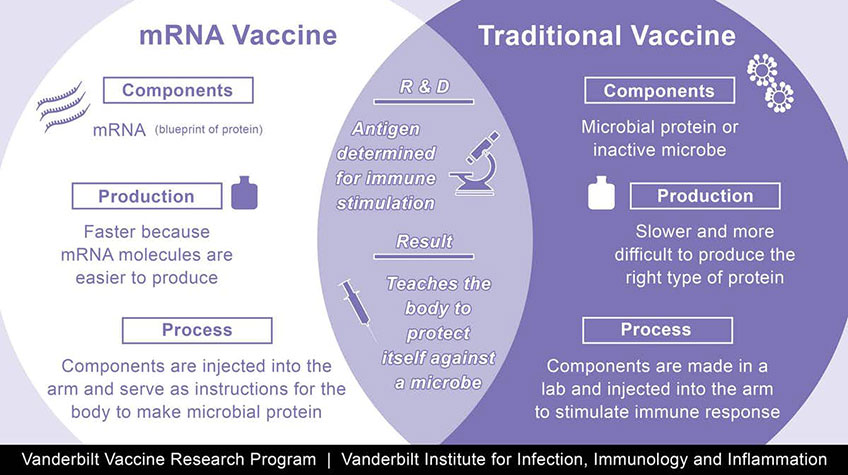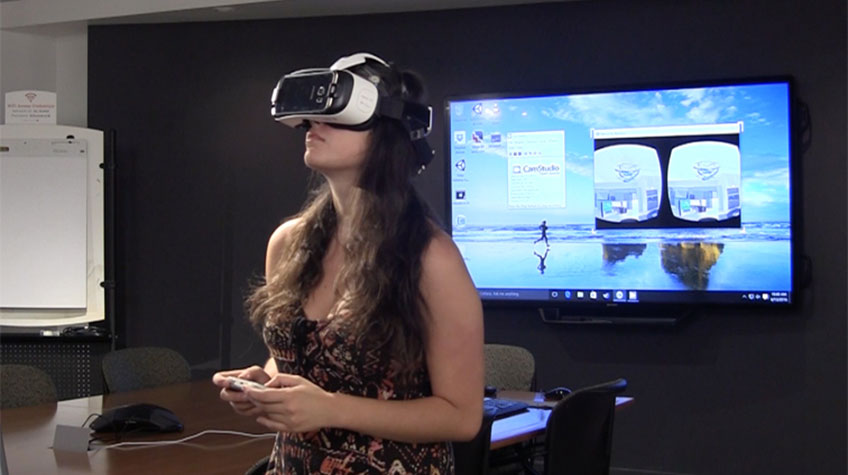The world continues to struggle to contain the COVID-19 pandemic, and in its wake, consumer behavior, and therefore, brand service design, is being rewired. The good news is the recent announcements by Pfizer Inc. and Moderna regarding the viability of their vaccines energized financial markets and provided a much-needed sign of hope. The race to find a vaccine is unprecedented and indicates the power of human beings to rise to a challenge when sufficiently focused and united. There are many things brands should learn from this remarkable achievement.
An Unprecedented Process
Most vaccines take 2 to 4 years of development in a lab before even making it to trials. Often the entire process takes 10 to 15 years. The new technique used by Pfizer and Moderna uses messenger RNA rather than traditional vaccination development techniques, which has allowed an accelerated timeline. Both have a reported efficacy rate of over 90 percent, which is higher than the average flu vaccine. The new approach taken to develop these vaccines has many practical learnings to the business world, which is continually disrupted by unforeseen and not yet planned strategies in response.

Global leaders have known for some time that the growing potential for pandemics required a new approach. Developing an effective Ebola vaccine, for example, had been a struggle to say the least. Not only did they need new scientific developments, but they needed new ways of communicating about vaccines and a better strategy to distribute them. The vigorous scientific process provides a useful framework that businesses can apply to solving problems in almost any industry.
- Preclinical Research
- Clinical Trial
- Post-Clinical Research and Validation
- Regulatory Process & Approval
- Long-Term Monitoring
For business challenges, taking a structured approach that draws inspiration from the scientific test-learn-repeat model can help to create a culture where constant learning is the norm, and adjustments in response to change is ingrained. Here are some key ways in which businesses can learn from how scientists have approached finding a vaccine to COVID-19.
First, Tackle the Critical Root Issue, Not the Symptoms
Pharmaceutical companies had a choice when it came time to tackle a vaccine for COVID-19: they could follow tried and true methods that would take a longer time, or they could use new techniques that could accelerate the timeline. Although traditional methods are well-known, almost every vaccine in development is using the mRNA technique. Rather than leaning into a bias towards a known variable, scientists have elected to tackle the root issue of speed by taking on a newer approach.
The Lesson: Businesses often resort to known strategies that have either worked for them or for a competitor and end up overlooking a strategy that addresses the root issue. For example, in the banking industry, as banks started introducing mobile banking, online banking and ATMs, everyone followed suit. While these platforms addressed convenience and the cost of transactions, the entire industry overlooked a key consumer need for financial advice and a sense of financial security. Had banks focused on the root issue, they would have emphasized on humanizing the banking experience and creating a digital ecosystem focused on sharing expertise and knowledge.
Multiple Experiments
Putting all our hope in one company to develop a vaccine would likely not have yielded such timely promise of success. The reality, over 70 vaccines are currently in various stages of development.
The Lesson: Developing new products or customer experiences is often skewed by a limited appetite for risk. Through our research of various future state brand visions, we have learned that consumers tend to push the boundaries of comfort for brands. Exploring a range of potential future concepts for a product or service allows for vital experimentation. Successful innovation often makes an organization uncomfortable by challenging assumptions. Without an approach that encourages many ideas, projects are doomed right from the briefing document. Experimentation allows the organization to think more broadly, to try a range of ideas and to create a culture that is open to new ways of thinking.
Fail Fast and Often
Vigorous, controlled tests allow scientists to determine outcomes definitively. They would never, for example, decide upon a vaccine formula, create it in a lab and then apply for approval without conducting trials. However smart the scientists might be, without the definitive proof of a testing process, there would be no way of knowing whether or not the vaccine would be safe and effective.
The Lesson: Businesses are often guilty of doing just that – deciding on what will create a successful outcome based on discussions and charts, without testing their ideas in real life. Market research and data are useful tools – but, as we have seen in two most recent U.S. elections, what people tell market researchers they will do and what they ACTUALLY do, may not be the same. Testing consumer experiences in real-world environments provides much more definitive information.
To achieve this rapid prototyping and stakeholder validation (which often includes consumers and employees and retailers) the organization must create an idea lab. These labs are designed for one purpose: the ability to quickly and cost-effectively validate ideas in a physical setting. We have worked with companies in creating in-house prototype stores where observation and evaluation lead to better outcomes. We were also the first to validate neuro-marketing research in a virtual prototype. We foresee this type of virtual laboratory augmenting physical prototyping labs.
Benchmarking Ideas Against Established Norms
In order to understand whether or not a vaccine is effective, scientists need to have a control group who are given a placebo against whom they can contrast the group receiving the vaccine.
The Lesson: As part of the three horizons strategic foresight method, we explore current programming and whether it will continue unchanged into the future. Companies must first establish the expected trajectory of a potential solution based on existing knowledge and technologies to evaluate potentially riskier solutions. By setting a benchmark the organization can:
- Discuss alternatives rationally.
- Debunk biases without bruising egos.
- Provide clarity on the potential impact of current thinking versus alternatives.
- Move beyond the short-term mindset that has besieged most organizations in the past decade.
- View the solution from different vantage points and timescale.
Creating a Rapid Deployment Infrastructure
A new vaccine will only be effective if the process enables a cost-effective, fast worldwide distribution. In fact, given the various obstacles, the development of the vaccine may be the easiest part of the process.
New brand and product launches or the transformation of existing retail brands often takes years to accomplish when you consider planning and execution, securing new manufacturing equipment or building and implementing a retail network. Then add in the marketing efforts required for the new or transformed offering, and adjustments based on performance. In order to become more agile in making big changes, companies need to integrate two-track approaches that allow operations to function seamlessly, even during times of transformation.
Key considerations to deploy new initiatives more rapidly:
- Processes, infrastructure and resources must be operating efficiently.
- Exploring various manufacturing and distribution approaches to align the potential solution with the right manufacturing capabilities.
- Collaborate with partners rather than trying to distribute work within your internal resources.
- Alternately, hire a team dedicated to the initiative.
- Involve marketing teams in the earliest stages.
Many experts predicted it would be years before a vaccine for COVID-19 was ready for approval. Scientists have demonstrated that steadfast focus, healthy competition and the use of new tools can beat out traditional tactics and biases. Businesses that learn from this approach to prepare for a post-COVID world will find opportunities waiting.


